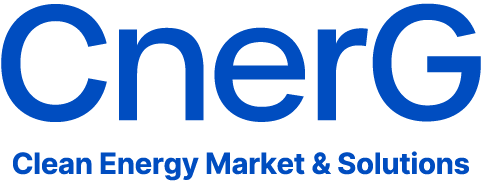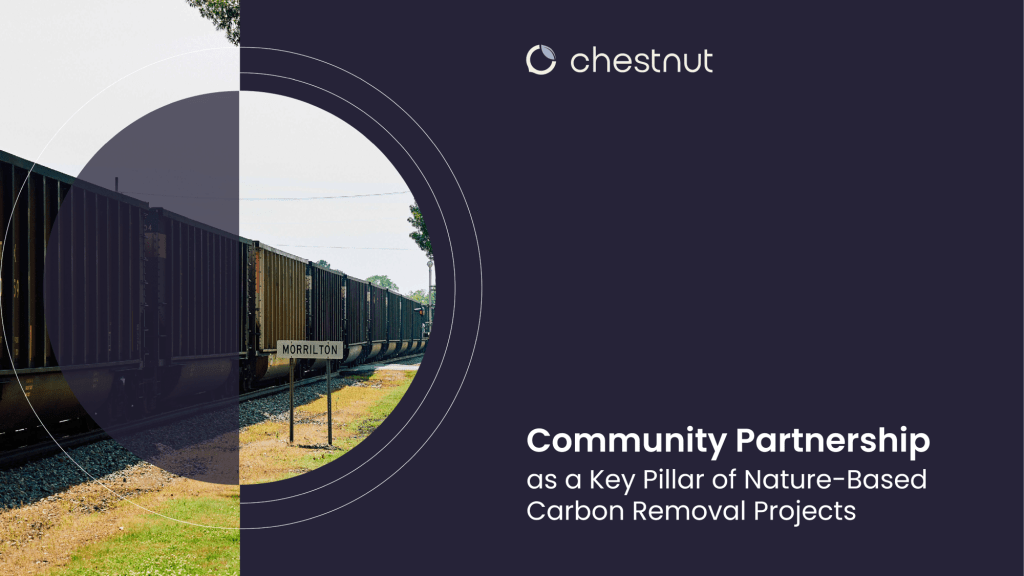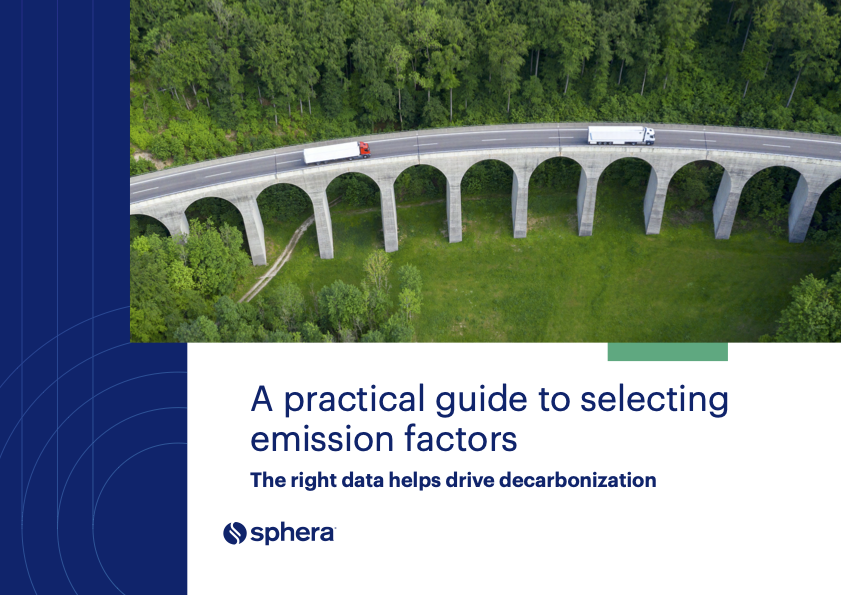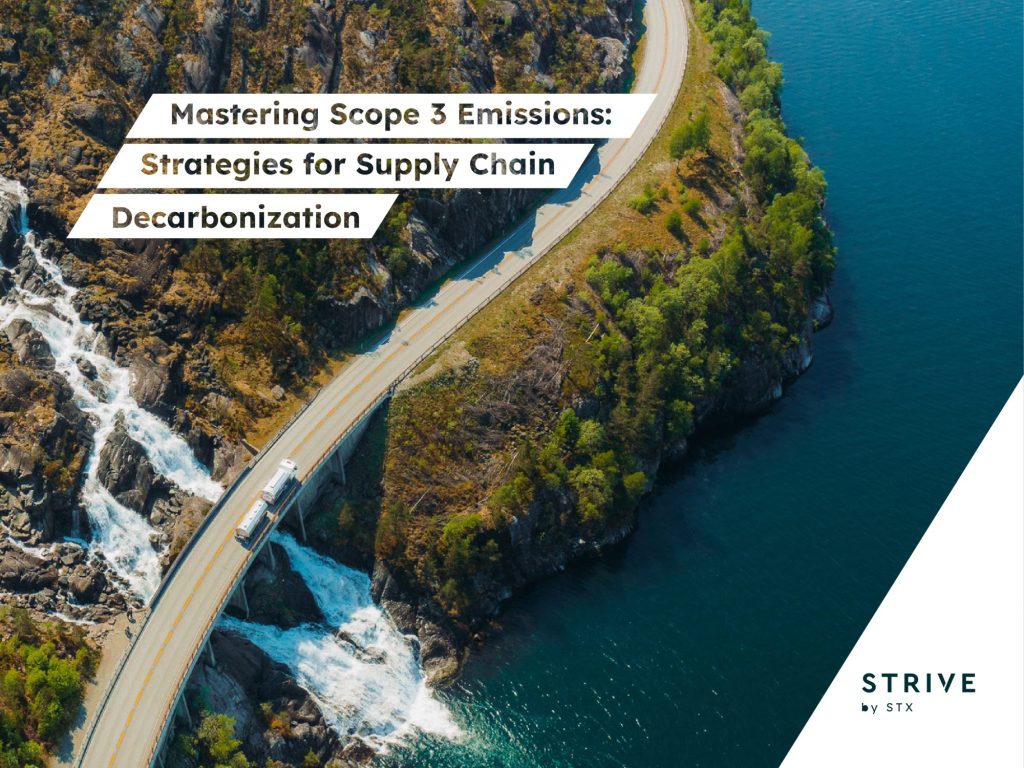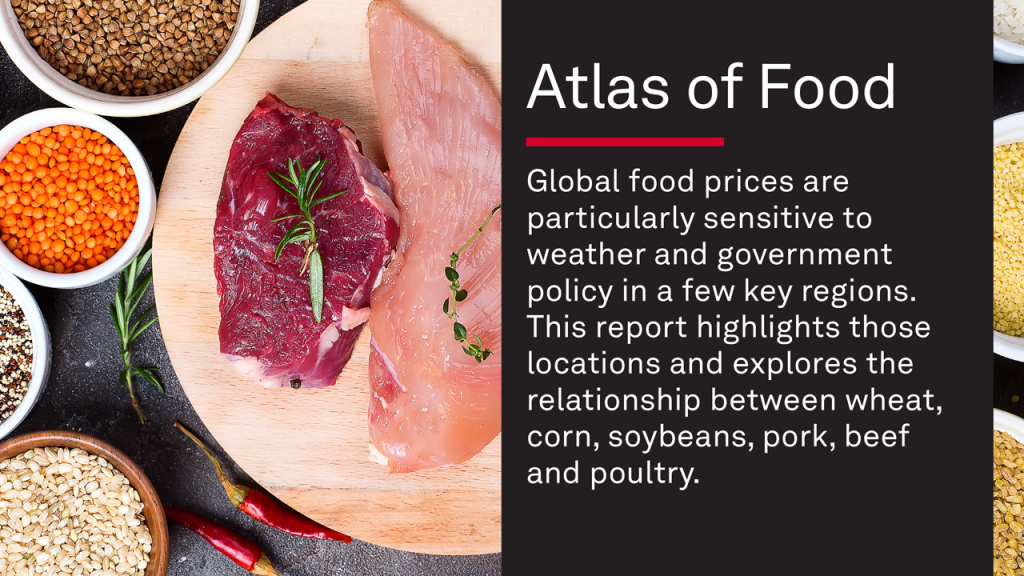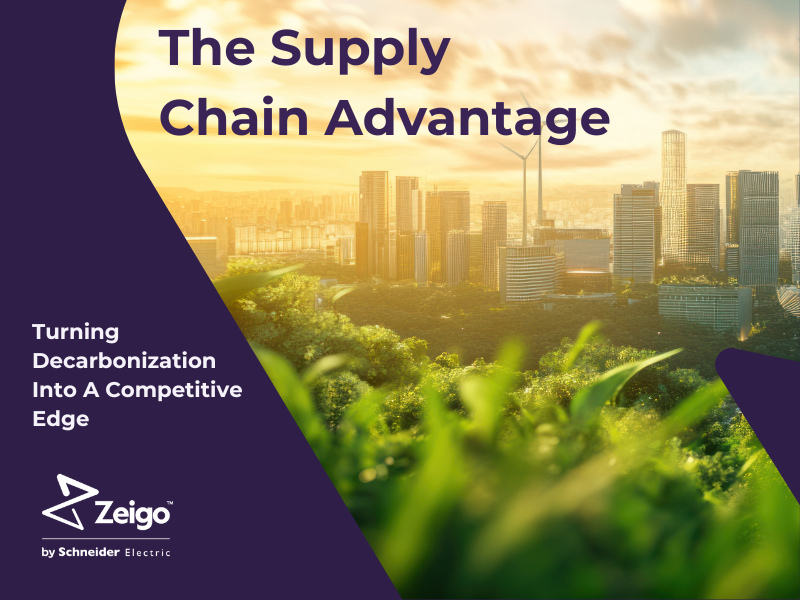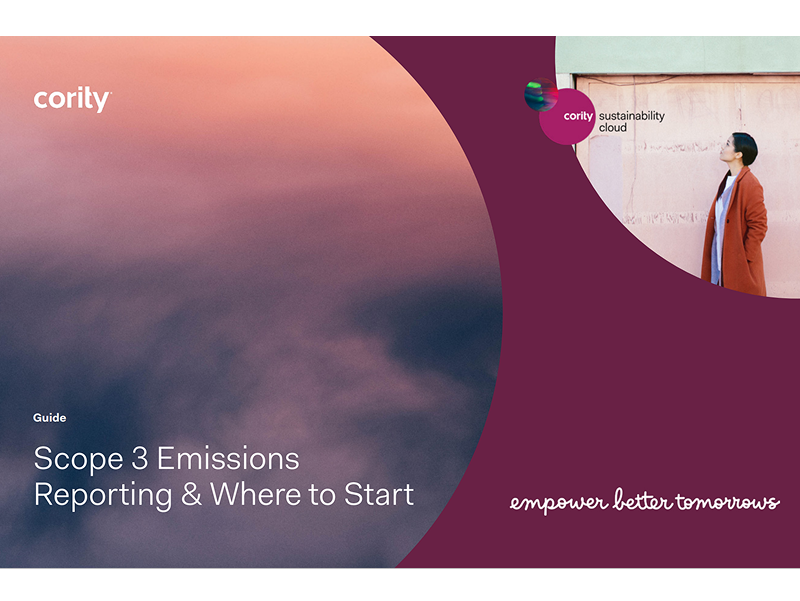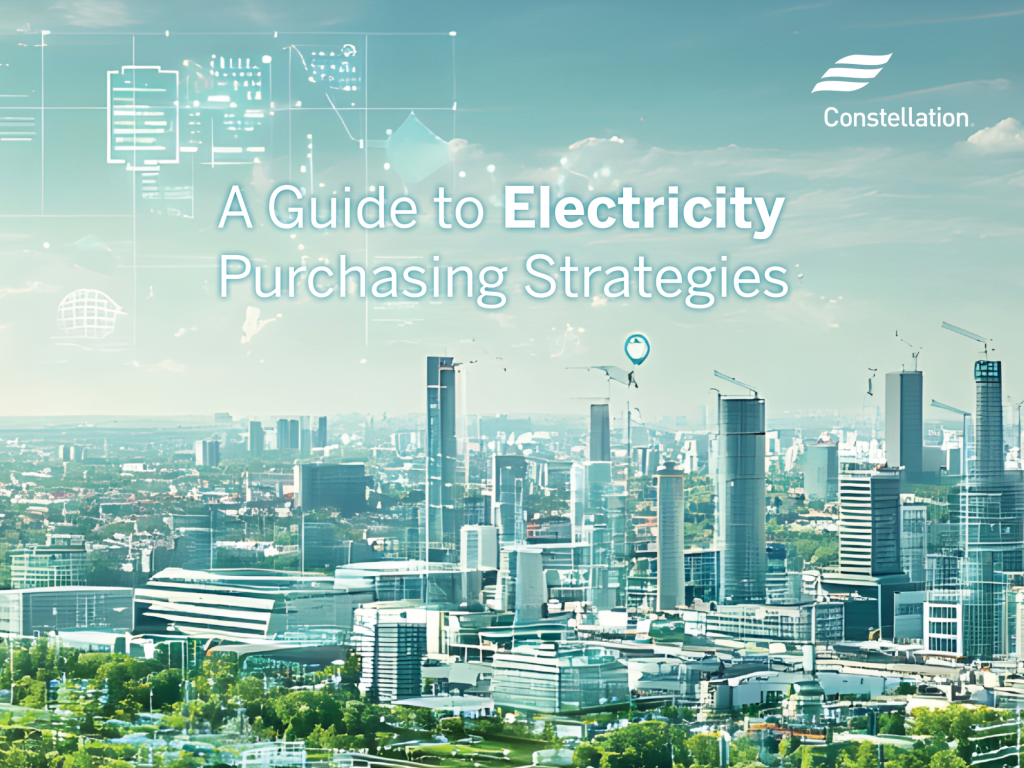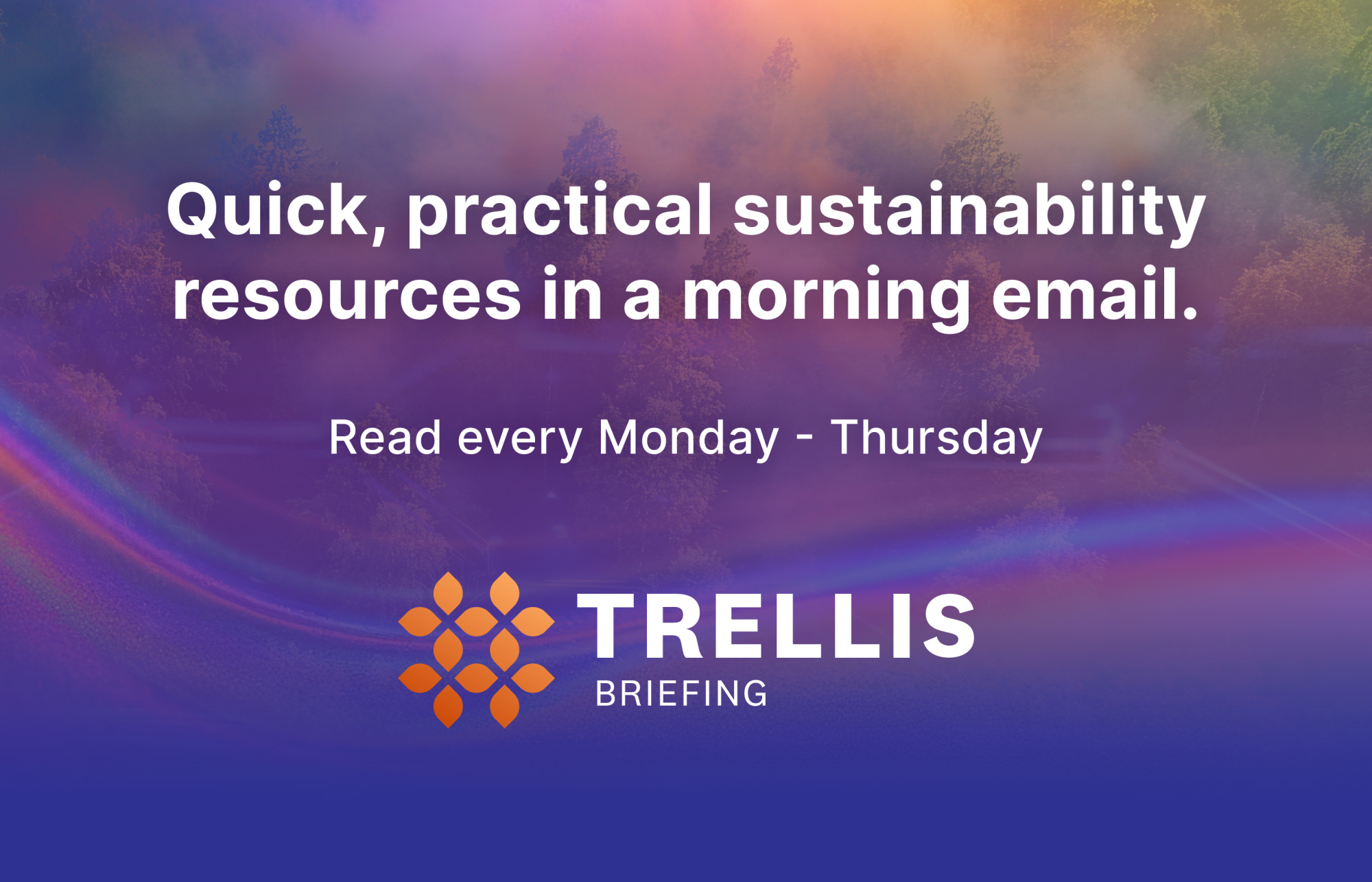How digital tools help corporations decarbonize supply chains
Decarbonizing supply chains requires simple tools, supplier collaboration and better data to close Scope 3 gaps and drive real progress. Read More
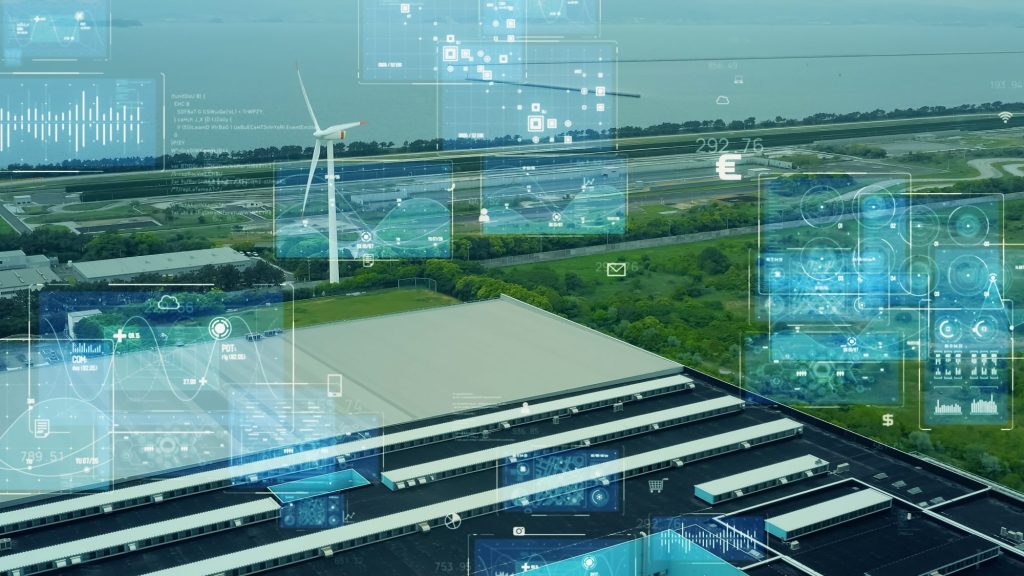
For large corporations with complex vendor networks, decarbonizing the supply chain remains one of the most difficult aspects of achieving climate goals. While many organizations have set ambitious net-zero targets, few have actionable plans for Scope 3 emissions—the indirect emissions that occur across a company’s value chain.
The biggest barrier is clear: a lack of reliable, standardized emissions data from suppliers. Without it, defining reduction pathways or measuring progress becomes almost impossible. As regulatory and investor pressure increases, companies need new ways to engage suppliers and embed carbon management into procurement decisions. Emerging digital tools are proving critical for bridging these data gaps and unlocking meaningful Scope 3 emissions reductions.
Supply chain decarbonization requires supplier collaboration
A key challenge is addressing supplier concerns about the perceived costs of decarbonization. When suppliers are asked to reduce their emissions, the initial reaction is often fear of increased expenses. While it’s true that renewable energy can still be costly in certain regions, in many cases it can actually lower operating costs—especially through mechanisms like power purchase agreements (PPAs) or self-generation initiatives.
Greening up does not necessarily mean taking on greater financial burdens. Making this clear to suppliers is essential for gaining their buy-in and moving decarbonization initiatives forward.
Another important reality is that many corporations today no longer manufacture their own products. Much of the production is outsourced to OEMs and suppliers overseas. As a result, when corporations commit to net-zero targets, they must recognize that success depends heavily on their suppliers’ willingness and ability to participate. Achieving Scope 3 reductions is not something companies can mandate from the top down; it requires active engagement and collaboration across the value chain.
Decarbonizing the global economy is ultimately a team effort—one that demands shared commitment and coordinated action between buyers and suppliers.
Digital tools help close Scope 3 data gaps
To make Scope 3 reporting more accessible, especially for small and midsize enterprises (SMEs), corporations are increasingly turning to digital solutions that simplify data collection and emissions accounting.
The CnerG platform, for example, is designed to provide simple, accurate carbon accounting specifically for SMEs, streamlining the process for smaller organizations, including those without dedicated ESG teams. Suppliers input their Scope 1 and Scope 2 emissions data, which automatically populates a buyer’s Scope 3 reporting data. After emissions data is calculated, suppliers are provided pricing and purchase options for renewable energy certificates (RECs) and carbon credits directly on the platform. Confirmation of purchases is shared with their buyers and the rest of the value chain.
By keeping the process straightforward and offering hands-on support, platforms like CnerG lower barriers to supplier participation, helping companies map their supply chain emissions more accurately and advance their climate strategies.
Insights from the frontlines: Dentsu’s approach to Scope 3 challenges
“It’s definitely a tricky area, since so much of it depends on third parties,” said Senior Sustainability Data Analyst Le Weng at Dentsu, one of the world’s largest advertising agency networks and a CnerG client. “What tends to work best is a combination of engaging suppliers directly, using spend-based estimates where actual data isn’t available, and gradually building systems to capture more primary data over time.”
Effective data management tools and standardized frameworks such as the GHG Protocol are essential to making progress. However, day-to-day ESG management remains labor-intensive due to fragmented and inconsistent data.
“A lot of it comes down to data—consolidating it from different sources, ensuring consistency and tracking progress,” Weng explained. “If there were better tools to automate data gathering and give real-time insights, it would save a lot of manual work and make it easier to spot areas needing attention.”
Better data doesn’t just make reporting easier—it also improves collaboration with suppliers. “Having better data on both sides really helps identify hotspots and where we can work together on emissions reduction,” Weng added. “It makes conversations more concrete and helps align on specific projects, like energy efficiency and materials improvements, that benefit both parties.”
Building a practical path to Scope 3 progress
The path to Scope 3 emissions reductions requires more than setting targets; it requires building systems that enable suppliers to participate effectively. Digital tools can offer scalable, practical ways to overcome the barriers of data complexity, resource limitations and operational inertia.
By simplifying emissions reporting, supporting suppliers with hands-on guidance and reframing decarbonization as an opportunity rather than a burden, companies can foster stronger supplier relationships and accelerate progress toward shared climate goals.
Closing the Scope 3 data gap isn’t just a technical challenge—it’s an opportunity to build a more resilient, collaborative supply chain ready for the demands of a low-carbon future.
[Connect with more than 3,500 professionals decarbonizing and future-proofing their organizations and supply chains through climate technologies at VERGE, Oct. 28-30, San Jose.]

Subscribe to Trellis Briefing
Featured Reports

The Premier Event for Sustainable Business Leaders

